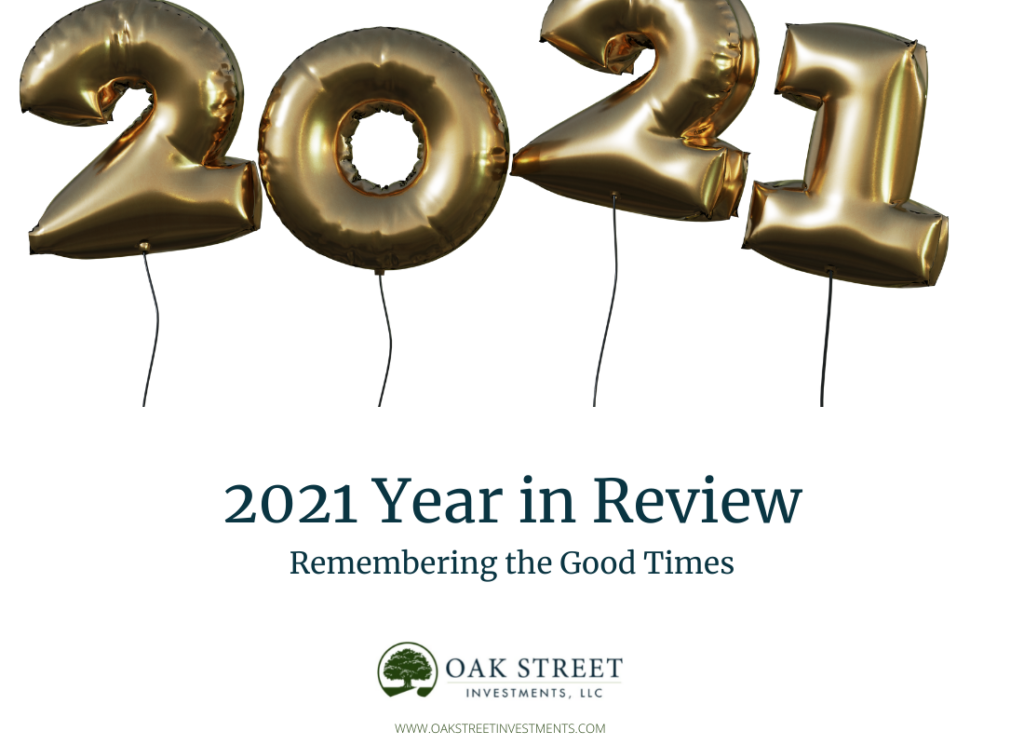
Remembering the Good Times
It’s often said that the market takes the escalator up and the elevator down. For concrete evidence, simply look at the performance of the indexes the past few weeks. A close look at the headlines or nightly news (caution: this may be bad for your health and is proven to be bad for your portfolios) and you may think it’s only a matter of time before the indexes hit an all time low! And no, that’s not really a thing!
So what’s happening anyway, and is this “normal” market behavior?
The short answer is yes, this is fairly normal market behavior. Data from 1948 through 2017 shows that 10% market declines, like that of the tech-heavy Nasdaq, happen on average once per year, and declines of 5% or more happen three times per year! More significant declines of 20% or more occur, on average, roughly every 6 years. After an unusually strong run over the past few years, you can hardly blame the market for taking a breather!
As to what’s causing the market turbulence, the primary instigator seems to be the Fed and the easy-money policies of the past few years. While it’s easy to argue both sides of what was needed as the world faced the early days of the pandemic, few economists believe it’s still necessary to have the ultra-accommodative policy (read: easy-money) still in effect today. The Fed’s balance sheet currently sits at over $8T, having nearly doubled in the wake of the pandemic. The Fed - and the markets - now believe the economy strong enough to support itself without the Fed’s largesse, and will soon begin to allow interest rates to go up in an effort to fight the rising inflation. In the short term, it will do this by raising the interest rate known as the Fed Funds rate, likely in March. However, it’s important to note that even today, with inflation running at its highest level in 40 years, the economy running strong and interest rates near record lows, the fed continues to buy $40B of Treasuries and $20B of mortgage-backed securities each month to keep rates low and provide liquidity to the markets (quantitative easing). Soon, the Fed will begin tapering these purchases and is expected to end this program over the next few months. In theory, this should lead to higher interest rates (as the Fed won’t have their thumb on rates anymore) and reduce inflationary pressures.
For comparison, it took the Fed until late 2014 to stop adding to its balance sheet in the years after the housing crisis, and it wasn’t until 2018 they began to allow bonds to mature without the repaid principal being reinvested in new securities (quantitative tightening). Clearly they didn’t get very far into QT before the pandemic, but it’s worth noting they began raising interest rates long before then in 2015.
To summarize, it seems likely that higher interest rates are coming, and potentially soon. This creates pressure in the stock and bond markets, particularly those in fast-growing sectors (read: tech), as higher interest rates (yields) discount the present value of future cash flows - basically it means they have to grow faster or their stock should sell for a lower price.
I can’t tell you whether this is a buying opportunity if you’ve been waiting on the sidelines with cash, or we’re on our way to a longer, bear market (commonly defined as a selloff of 20% from previous peak). However, I feel confident that long-term investors are rewarded for their discipline in times like this, and if you’re properly allocated with a long-enough time horizon, better days will be ahead.
Until then, let’s remember the good times!
